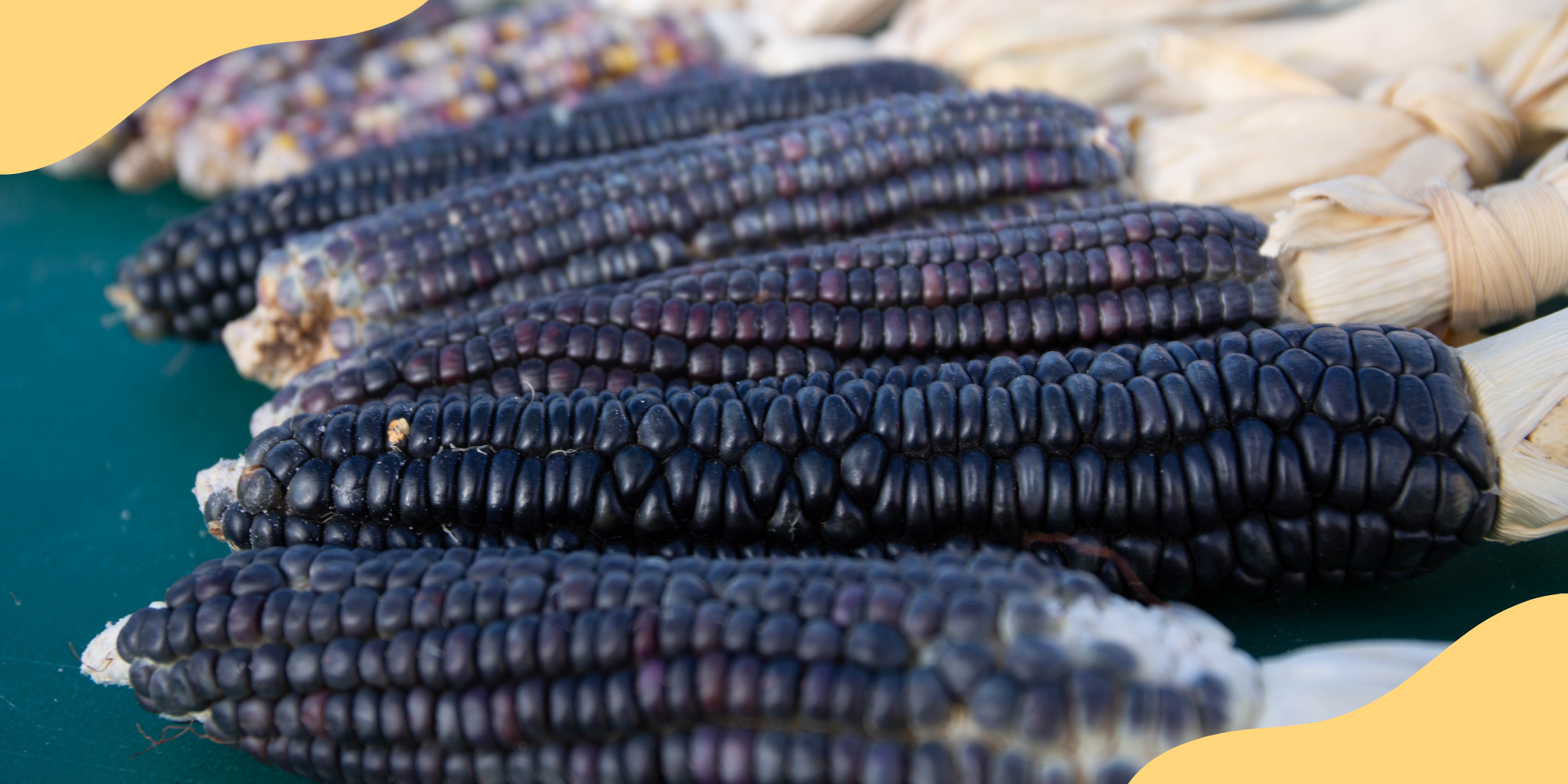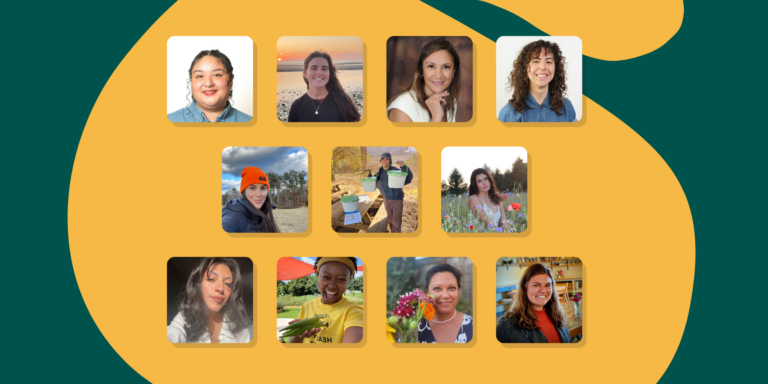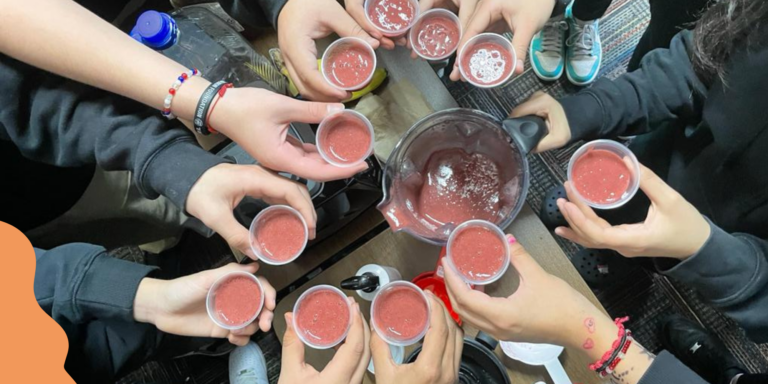Food as Medicine: Teaching Indigenous Foodways
Indigenous cultures recognize that food can both nourish and heal us.
Indigenous cultures recognize that food can both nourish and heal us.

Carrie Back, proud member of the Cherokee Nation, is a part-time freelance writer and full-time globetrotter based in Southeast Asia.
For centuries, Native Americans have recognized the connection between food and health. In Indigenous Foodway systems, food is seen not only as sustenance but also as medicine, integral to maintaining balance in the body, mind, and spirit. The “food as medicine” perspective offers a holistic understanding of well-being, and it’s being revitalized and practiced in schools today.
With food education and sustainable practices at the forefront of these programs, students are learning to appreciate the properties of food as medicine, as well as gaining insight into Indigenous knowledge on cultivating and stewarding land.
The concept of “Indigenous Foodways” describes the traditional practices, wisdom, and cultural significance surrounding the cultivation, preparation, and consumption of Native foods. Historically, it revolved around what could be harvested seasonally, locally, and sustainably from the land. Typically, most foods native to North America come directly from the land, require minimal processing, and are void of chemicals.
In the United States, there are 574 federally recognized Native American tribes, each with its own unique and diverse culture, language, way of life, and food traditions. For many Native American Tribes and First Nations People, the concept of food as medicine reflects the belief that food is a sacred gift from Mother Earth. Traditional foods, rich in nutrients and connected to the land, are used not only for nourishment but also for healing, maintaining balance, and connecting to the natural world.
Indigenous Foodways are susceptible to the destruction of traditional food sources, such as the extermination of buffalo. The bison population fell from eight million in the 1870s to fewer than 500 by the 1890s. This was detrimental for Native Americans, who relied on the bison as food and whose way of life centered on the animal.
And historically, the U.S. government has disrupted traditional food systems by restricting Native access to hunting and fishing grounds. By replacing traditional foods with commodity foods like lard, sugar, flour, and canned meat, the government drastically changed the diets of Native peoples. Furthermore, the forced removal of Native Americans to reservations, the destruction of traditional food sources, and the removal of Native children from their families and communities to boarding schools still impacts Native peoples today.
Current research indicates that the Western diet has a detrimental impact on Native American health, particularly among elders who exhibit high rates of diet-related diseases. The prevalence of diabetes among Native Americans is twice that of the general population in the United States. Among Native elders, 30% are affected by diabetes, with certain communities exhibiting a markedly disproportionate incidence of the disease. For instance, among the Pima of Arizona, as much as 60% of the population is afflicted with diabetes.
For many Indigenous peoples, the concept of food as medicine is deeply rooted in the understanding that nature provides everything essential and necessary for physical, mental, and spiritual well-being. As a whole, Indigenous people view holistic well-being with a focus on prevention and balance, whereas Western medicines tend to treat symptoms of an illness once it appears.
Oftentimes, food is seen as an extension of the earth, with traditional foods playing an important part in a tribe’s cultural identity. Every plant and animal has specific healing properties. Food is considered more than just nourishment; it has a spiritual aspect and connects us to the land and to our ancestors. Farming practices, harvesting, hunting, and eating these foods are all intertwined with specific rituals and ceremonies, each reflecting a deep respect for Mother Earth and the gifts she provides.
Most communities view food as a powerful healing source. When eaten mindfully and with intention, food can heal, protect, and restore balance within the body, as well as the community as a whole. Not only does “food as medicine” apply within our physical bodies, but food also helps maintain emotional and spiritual health. Across many Native American tribes, certain plants like sage, cedar, and juniper are used both for nutrition and as remedies for many illnesses and spiritual ailments.
Across North America, various Indigenous communities maintain unique food traditions that emphasize the healing power of food. For example, wild rice holds special significance for the Ojibwe, serving not only as a vital food source but also as a sacred gift from the Creator. Not only is it rich in nutrients, but it is also believed among community members to possess spiritual importance, contributing to the overall well-being of those who eat it.
There are also the culturally significant Native American foods of corn, beans, and squash. Known as the Three Sisters, these have been a staple in many Indigenous diets for centuries, including the Haudenosaunee or Iroquois Confederacy, Cherokee Nation, Hopi, and Zuni Nations. Each Nation has its own legend of the Three Sisters, but most involve a story about three sisters who thrived because of different strengths that complemented one another, emphasizing themes of community, sustainability, and respect for nature.
The farming method of the Three Sisters, which is still used today, represents unity and cooperation. A symbiotic relationship exists between the three plants, with beans enriching the soil, corn providing support for the beans to climb, and the squash spreading along the grounds, preventing weeds, and retaining moisture.
Incorporating Native Foodways into schools creates a holistic approach to children’s health and education, building on the idea of food as medicine. Schools can include Indigenous foods into their menus, which enriches both nutrition and cultural knowledge for students. By serving meals with Indigenous ingredients, like bison, wild berries, root vegetables, and wild rice, schools help recognize ancestral wisdom, use diverse cultural flavors, and foster a deeper connection to the environment while partnering with Native producers to support the local economy.
By teaching students to honor and recognize seasonal, local foods and introducing them to the medicinal properties of food and plants, schools can encourage healthier eating habits rooted in Native Foodways and the lands students live on. Connecting students to traditional foods and food as medicine can be integrated into schools through hands-on, garden-based learning and partnerships with local Indigenous food partners and communities.
When schools serve traditional foods in cafeterias, along with offering related nutrition education in the classroom, students can gain a better understanding of Indigenous foodways. Additionally, pairing these meals with educational activities, such as lessons on Indigenous food history and preparation techniques, can further deepen students’ cultural understanding.
One example of a school that incorporated these lessons is the Crow Agency Public School located in Hardin, Montana. The elementary students planted berries native to the area, including chokecherries, serviceberries, plums, and elderberries. Through a grant from the National Farm to School Network’s Seed Change in Native Communities project, the program’s goal was to empower students to learn about traditional Native American foods, including how to store, prepare, and use the foods during ceremonies. The garden also served as a community gathering place to foster a connection between students and Native American elders and community leaders who helped pass down and celebrate Crow Nation traditions that include the locally produced berries and plums.
Native American communities have long recognized the healing power of food, offering a holistic view of health that can benefit all communities today. By embracing the concept of food as medicine, schools have the opportunity to cultivate wellness in a way that honors tradition, promotes sustainability, and nurtures the next generation.
As more schools begin to adopt food as medicine and Indigenous Foodways practices, food will be viewed as not just something we consume, but something that can heal us from the inside out.

Introducing Our 2024-2025 Alumni Advocacy Leads

5 Blender-Friendly Recipes For Sauces and More

Our 2024 Child Nutrition Policy Year in Review